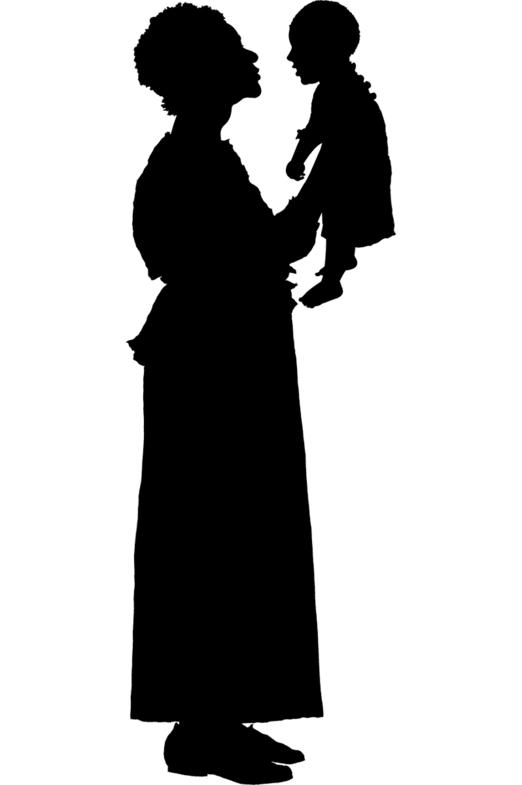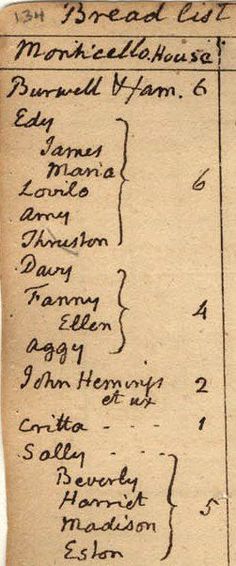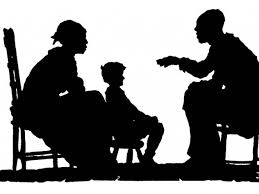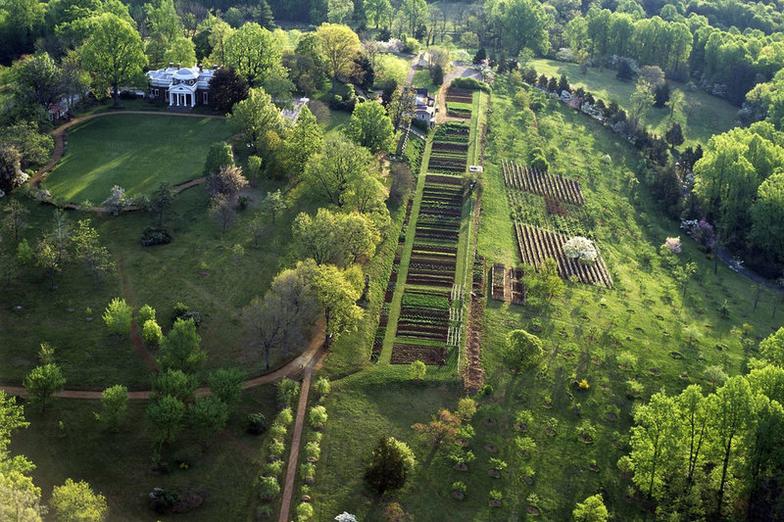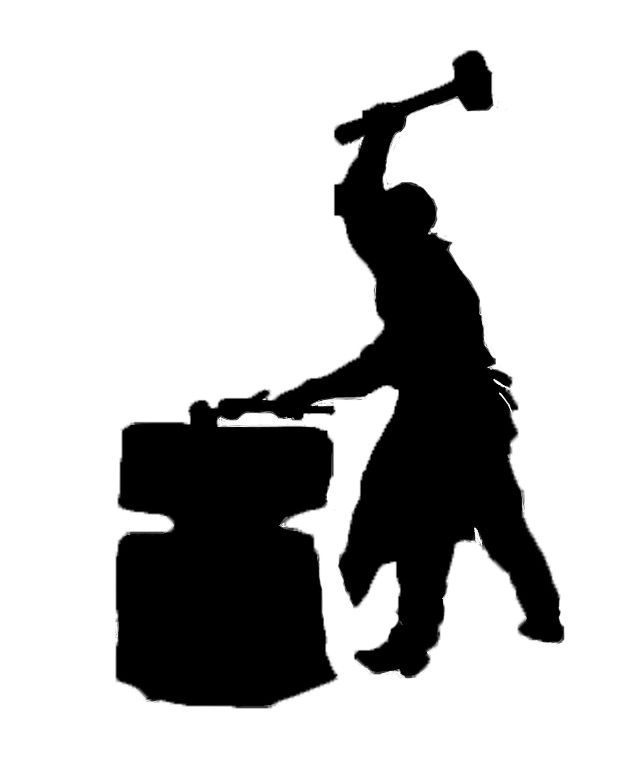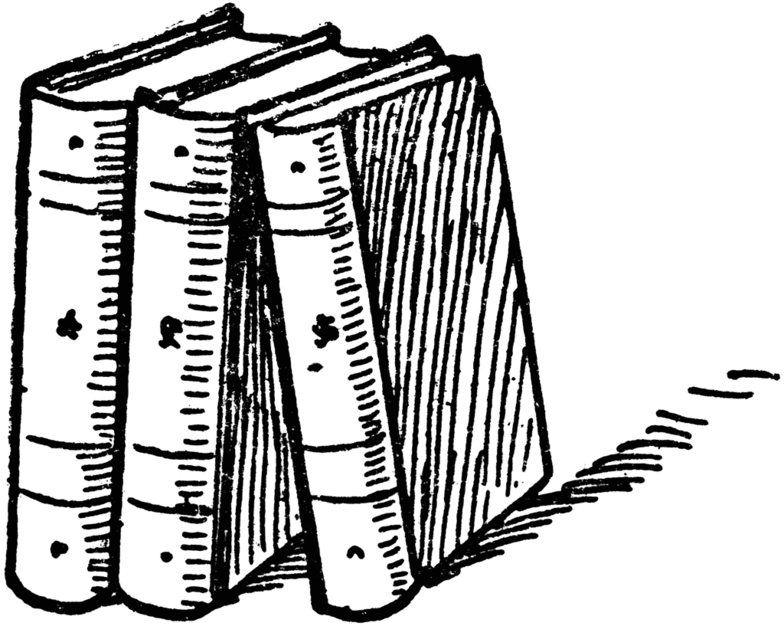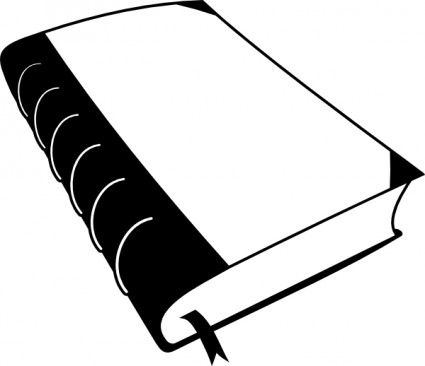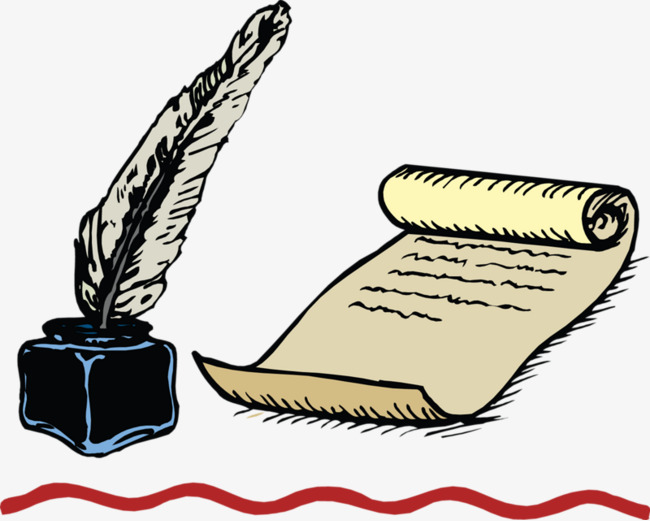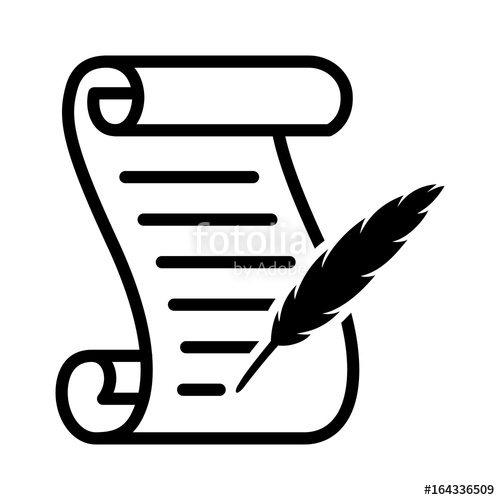SoulsinMyFamily.org
Thomas Jefferson and Primary Sources
The Farm Book, Garden Book, The Memorandum Books
and other Jefferson Documents
How Jefferson Identified his Slaves in his Record Books
Mr. Jefferson accounted for every slave, even very young children in his record keeping. He also identified them in different ways:
Slaves known by their trade -for example: John gardener
Phill shoemaker
Phill wagonner
Slaves identified by their parent - for example : Davy (Isabel's)
Lucy (Molly's)
Jenny (Lewis's)
Slaves known to have a last name - for example: Betty Brown
Jamey Hubbard
Betty Hemings
Hired (leased) slaves identified by the name of their owner - Dick. Jane Wood
Billy. Miss Carter
Reuben. Wm. Wood
"No occupation is so delightful to me as the culture of the earth, and no culture comparable to that of the garden...But though an old man, I am but a young gardener."
The Farm Book
The Memorandum Books
Mr. Jefferson began making entries in his Farm Book in January,1774
and made his last entry in May, 1826, slightly more than a month before his death. His record keeping includes his plantations in Albemarle County, the farms including Monticello, Lego, Tufton and Shadwell. He also kept extensive records of his plantation in Bedford County, which included his Poplar Forest, Tomahawk and Bear Creek farms.
In addition to his extensive records on the food, clothing, shelter of his many slaves, he includes notations on members of slave families, which farm they live and work on, as well as birth and death dates.
In addition to farming records, there are records for the nailery, the joinery, and the weavers shed, among other plantation activities.
As a young man, Thomas Jefferson began his lifelong practice of noting all of his financial transactions in a record book. When he began the practice of law, he included legal notations as well. Whether it was payment to a washer woman in Staunton or the purchase of a large tract of land or buying garden produce from one of his slaves, Mr. Jefferson made note of it.
His habit of precise record keeping provides us with a wealth of knowledge of his interactions with slaves, friends, business associates and colleagues.
During the earlier years, he carried small notebooks (about 7 by 4 inches in size) in his pocket and made his notations. Later he switched to writing notes with a pencil on the ivory leaves of tiny notebooks and transferring his notes to a larger record book at a later time.
Mr. Jefferson described his Memorandum books to Nicholas Lewis, who was taking care of his affairs while he was in France:
"In general I will beg of you to refer to my Memorandom books. They are small books which I used to carry in my pocket. They are 6. or 8. in number. There is an alphabetical index of names to every one, so that all the entries respecting any one person may be found in a moment in them. They were made with such scrupulous fidelity that I shall not be afraid to justify them on the bed of death..."
TJ to Nicholas Lewis, Paris, July 11, 1788,Founders Online.
Mr. Jefferson's first entry in his Garden Book reads:
"1766 Shadwell Mar.30. Purple hyacinth begins to bloom."
So begins a detailed record of farming, crops, gardening hints from fellow gardeners, overseer contracts, and weather notations. Entries begin in 1766, and concern gardening at Shadwell for the first three years. From 1769 until 1824, two years before his death, the entries pertain to Monticello, Mr. Jefferson's residence throughout his adult lifetime.
TJ to Charles Willson Peale, August 20, 1811
The Garden Book
Memoirs of Overseer Edmund Bacon, Isaac Jefferson, Thomas Jefferson Randolph
Correspondence
Documents such as Wills, Bills of Sale
Sources List -Footnotes
Memorandum Books, Farm Book, Garden Book
About the Farm Book
Thomas Jefferson was an avid record keeper as well as a diligent correspondent. His writing habits make it possible for researchers to study his life and the lives of his family, slaves and many friends and colleagues.
About the Garden Book
Mr. Jeffersons Garden Book is part of the Coolidge Collection of Jefferson Manuscripts, now owned by the Massachusetts Historical Society. There are 66 pages of written manuscript in the volume as well as 248 blank pages. Learn about the Garden Book at: masshist.org/thomasjeffersonpapers/garden/
"...cultivators of the earth are the most valuable citizens. they are the most vigorous, the most independent, the most virtuous, & they are tied to their country & wedded to it's liberty & interests by the most lasting bands."
Thomas Jefferson to John Jay, August 23, 1785
The Correspondence of Thomas Jefferson
Although the exact number is yet to be determined, Mr. Jefferson wrote around 19,000 letters in his life time. He also received an estimated 20,000. A project to document and publish all the letters written and received by Thomas Jefferson began in 1943 at Princeton University . The first volume was published in 1950. In 2004, historians at Monticello published the first volume in the Retirement Series, while Princeton researchers continue publishing volumes as well.
Explore the Papers of Thomas Jefferson online at Founders Online.
Primary Source Symbols on the Website
What About the Bad Spelling?
The stories on this website include many quotes from Mr. Jefferson's correspondence with his family, friends and colleagues. You will notice many mistakes in spelling and punctuation. Writers might even spell the same word different ways within the same document.
Mr. Jefferson was an excellent scholar, but he, like most other writers of the time, made up his own spelling rules.There were no spelling or punctuation standards and sentences often ran on and on.
Few people in the 18th century (and even fewer slaves) had the ability to read and write. So being able to put pen to paper at all was extraordinary - spelling didn't count!
The quotations by Jefferson and all other writers are presented here in the best available translation of the original documents. Some documents (mostly Jefferson correspondence) have not been thoroughly annotated at this time. This will be noted on Founders Online as an Early Access Document and should not be cited in formal research.
